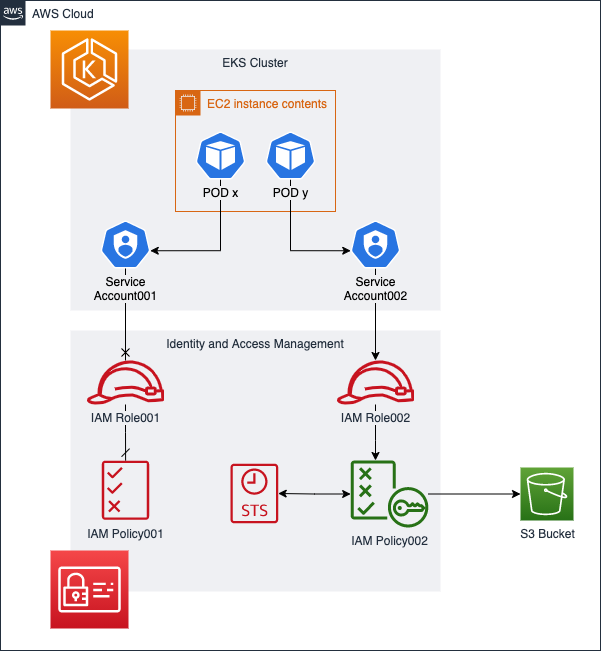DevOps is renowned for fast methodologies, increased security (in the form of DevSecOps), as well as the quick and easy scalability of software development projects. These advantages make it essential for companies to embrace the DevOps culture as a guarantee of future success and growth.
At the heart of this change, we have Amazon and its pioneering cloud offering, Amazon Web Services. Being the most popular in the market means Amazon has some of the best services, infrastructure, locations, and support in the market. The amount of trained professionals in AWS DevOps is also the highest among the big three; Google Cloud Platform, Microsoft Azure, and AWS.


